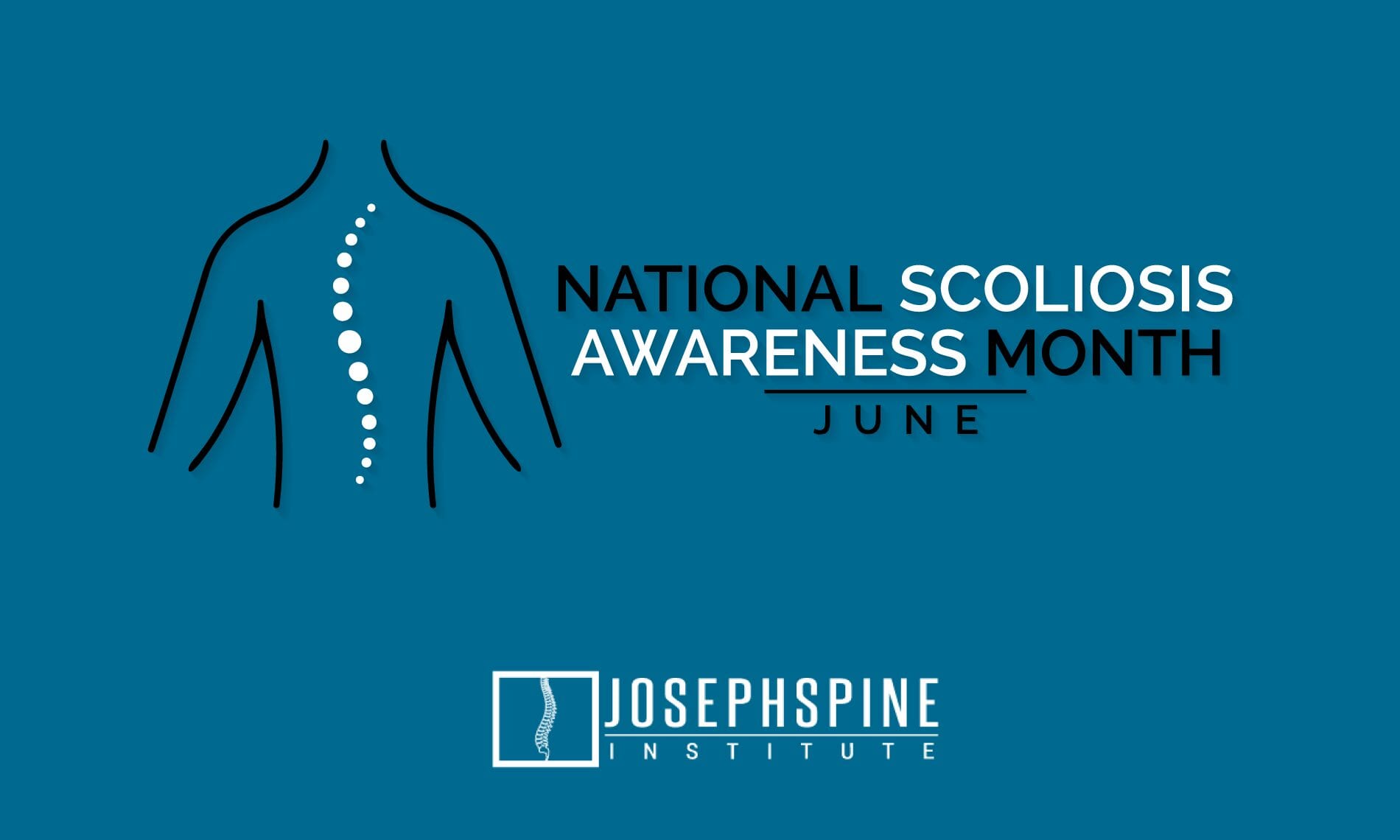Joseph Spine Institute Supports the Scoliosis Research Societies Awareness Campaign
During these uncertain times it is important not to forget our health, the health of our children, and young adults. At Joseph Spine Institute we proudly support the Scoliosis Research Society every June with their efforts to promote scoliosis awareness.
National Scoliosis Awareness Month takes place yearly in June with the goal of highlighting the growing need for education, early detection and awareness to the public about scoliosis and its prevalence within the community. It is crucial to try and diagnose scoliosis as soon as possible to start corrective treatment before the condition worsens.
Scoliosis is a musculoskeletal disorder that results in a curved spine. While complex in nature, medical breakthroughs are leading to exciting new treatment options that allow children and adults with this condition to enjoy rich, full lives. Three in every 1,000 people end up developing scoliosis at some point.
Around 1 in 30 Americans experience some degree of scoliosis. It is both the most common spinal deformity as well as the least predictable one, as we are still unsure of what causes almost 80% of cases. However, with recent medical advancements, treatment allows the majority of people with scoliosis to heal and continue living normal, healthy lives.
Adolescent Idiopathic Scoliosis accounts for about 8 in 10 cases of scoliosis. This type of scoliosis typically presents during adolescence, but it can also start earlier in childhood or infancy.
Warning Signs and Treatment
Speak with your doctor if you or your child experiences any of the following:
- any natural humps or bumps along the back or rib cage
- an uneven appearance in the hips or shoulders when standing straight
- shoulders that appear to be different heights
- one hip that protrudes further than the other
- back pain or an inability to get comfortable while sitting/standing
At Joseph Spine each we believe each patient deserves a customized treatment plan utilizing the most advanced and innovative techniques. Our comprehensive spine team takes a fully integrated approach to the treatment of pediatric and adult spine conditions.
Dr. Samuel Joseph is at the forefront in the treatment of pediatric and adult scoliosis and is recognized globally for his leadership, contributions and philanthropic endeavors at home and abroad for severe scoliosis patients.

